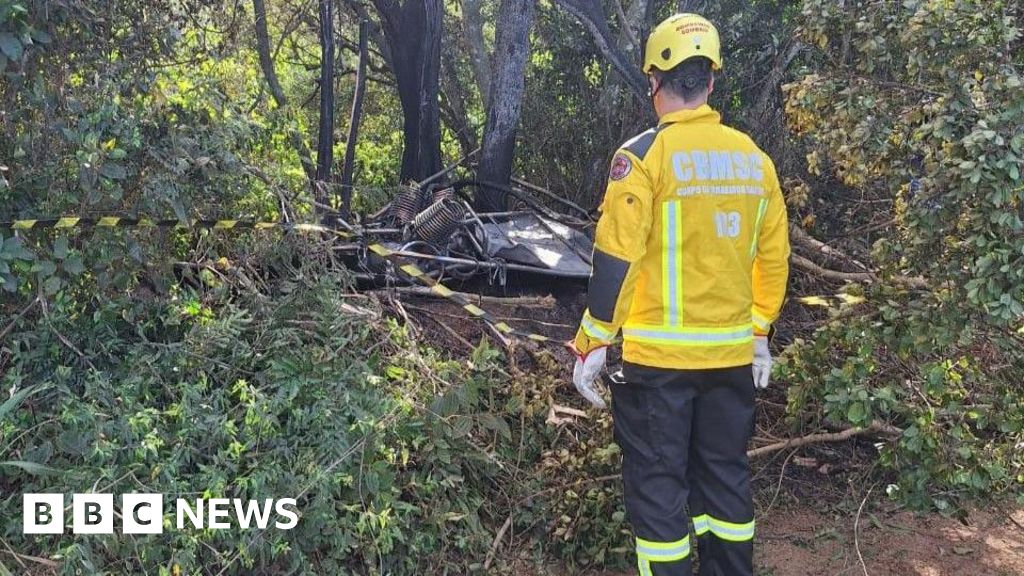What Happened
On Saturday morning, June 21, 2025, a tragic hot air balloon accident occurred in Praia Grande, a city in the southern Brazilian state of Santa Catarina, resulting in the deaths of at least eight people. The balloon was carrying 21 passengers when it caught fire mid-flight, leading to a rapid descent and subsequent crash. Eyewitness accounts describe a chaotic scene as some passengers attempted to escape the flames by jumping from the balloon before it hit the ground.
According to reports, the fire was ignited by a backup torch carried for emergencies, which accidentally ignited inside the balloon’s basket. The pilot, who survived the incident, attempted to lower the balloon quickly and instructed passengers to jump as the flames intensified. Thirteen individuals, including the pilot, survived the incident and were taken to nearby hospitals for treatment.
Key Details
- Date and Location: The accident occurred on June 21, 2025, in Praia Grande, Santa Catarina, Brazil.
- Casualties: At least eight people died, while thirteen others survived, including the pilot.
- Circumstances: The fire reportedly started from a reserve torch inside the balloon’s basket, leading to a rapid descent and crash.
- Rescue Efforts: Local and federal authorities dispatched rescue teams to the scene immediately following the crash. The state governor, Jorginho Mello, expressed condolences and stated that an investigation would be conducted to determine the cause of the accident.
- Operator’s Status: The balloon operator, Sobrevoar, had a clean safety record prior to the incident but suspended operations following the crash.
Multiple Perspectives
The incident has elicited a range of responses from officials and the public. Governor Jorginho Mello expressed deep sorrow over the tragedy, stating, “We are in mourning,” and emphasized the need for an investigation to understand the circumstances leading to the fire. President Luiz Inácio Lula da Silva also expressed his condolences and offered federal support for the victims and their families.
Eyewitness accounts paint a vivid picture of the chaos during the incident. Some witnesses reported seeing passengers hurl themselves out of the balloon in a desperate attempt to escape the flames. One witness described the scene as “utter disaster,” highlighting the panic that ensued as the balloon descended engulfed in flames. This perspective underscores the emotional impact of the event on those who witnessed it, contrasting with the more formal responses from government officials.
Context & Background
Hot air ballooning is a popular recreational activity in various parts of the world, including Brazil, where regions like Santa Catarina attract tourists for scenic flights. The area around Praia Grande is known for its picturesque landscapes, often referred to as the “Brazilian Cappadocia” due to its canyon-filled terrain. However, the safety of such activities has come under scrutiny following this tragic incident.
The incident raises broader questions about the safety regulations governing hot air balloon operations in Brazil. While the operator, Sobrevoar, was reported to have a clean safety record, the circumstances of the accident highlight potential vulnerabilities in safety protocols, particularly regarding emergency equipment like backup torches.
What We Don’t Know Yet
As investigations are underway, several aspects of the incident remain unclear. Authorities have not yet confirmed the specific details surrounding the malfunction of the backup torch that ignited the fire. Additionally, it is uncertain whether any regulatory lapses contributed to the accident or if it was an isolated incident due to unforeseen circumstances.
The ongoing investigation will likely focus on the operational practices of the ballooning company, the maintenance of the equipment, and the training of the pilot and crew. The findings of this investigation will be crucial in determining accountability and preventing similar tragedies in the future.
In summary, the hot air balloon accident in Praia Grande has resulted in significant loss of life and has raised important questions about safety in recreational aviation. As the investigation unfolds, it will be essential to monitor developments to understand the full scope of the incident and its implications for the industry.


